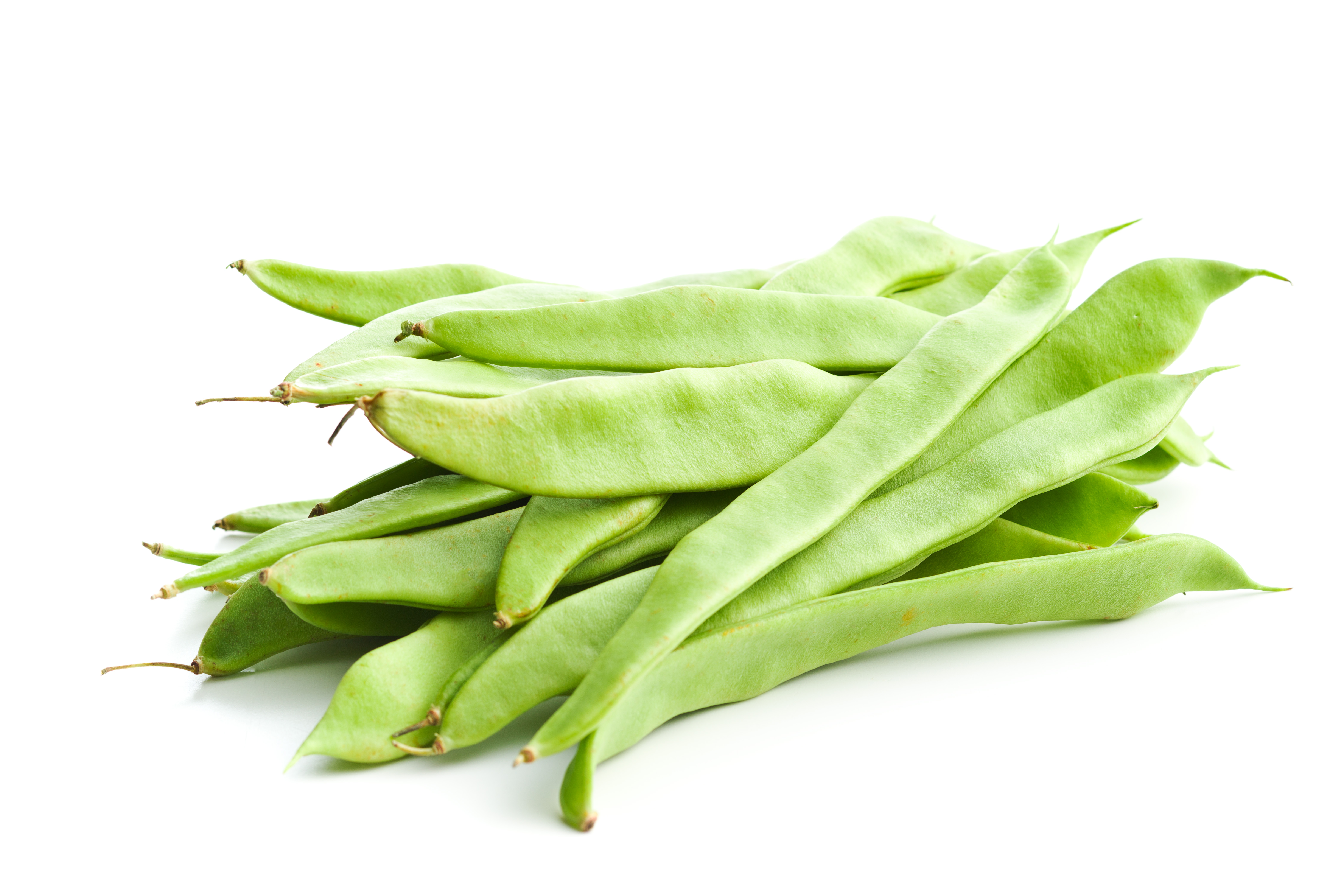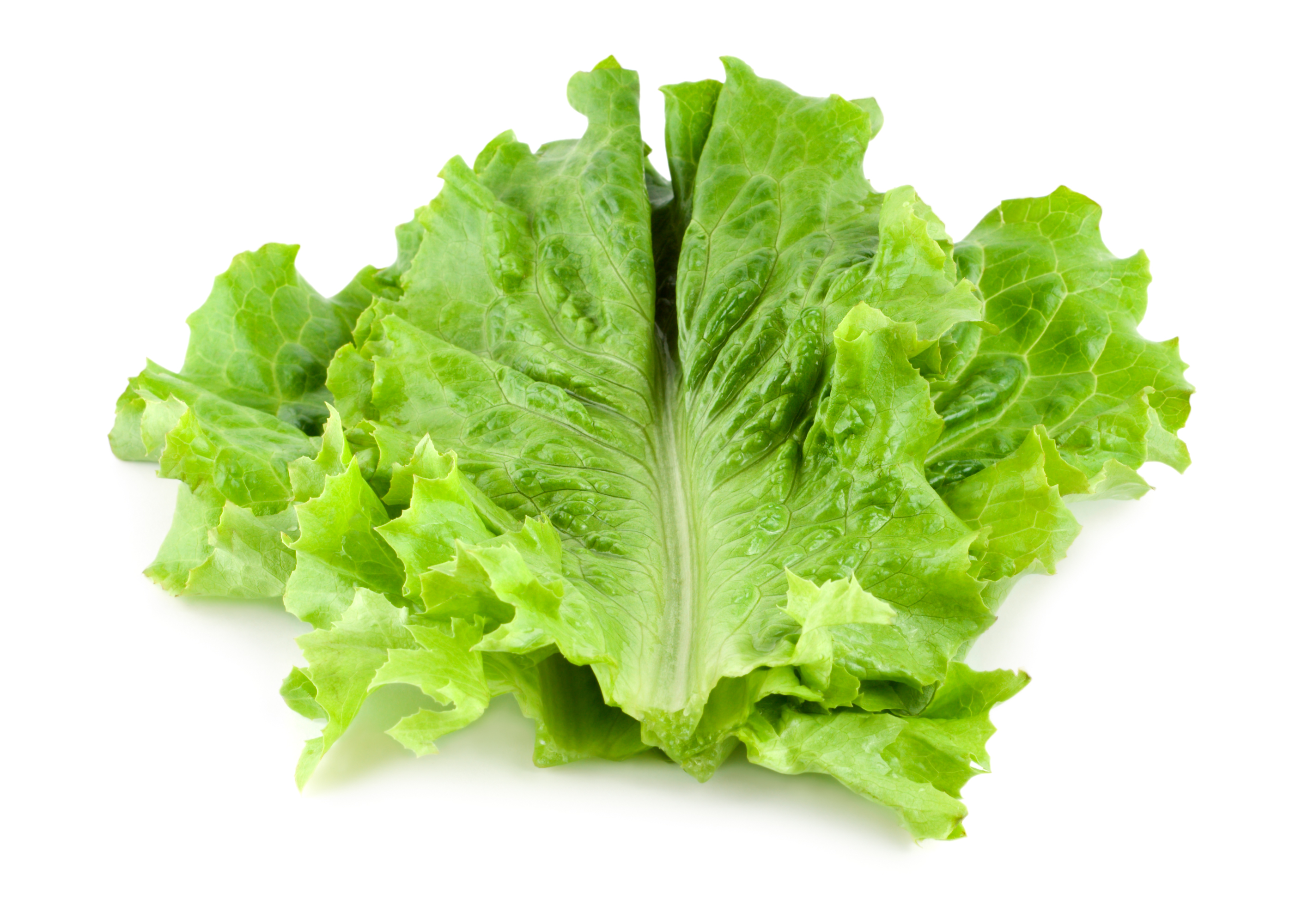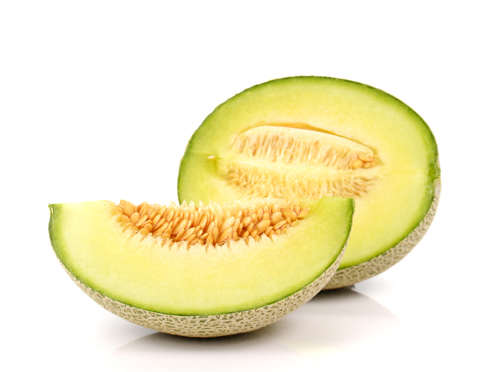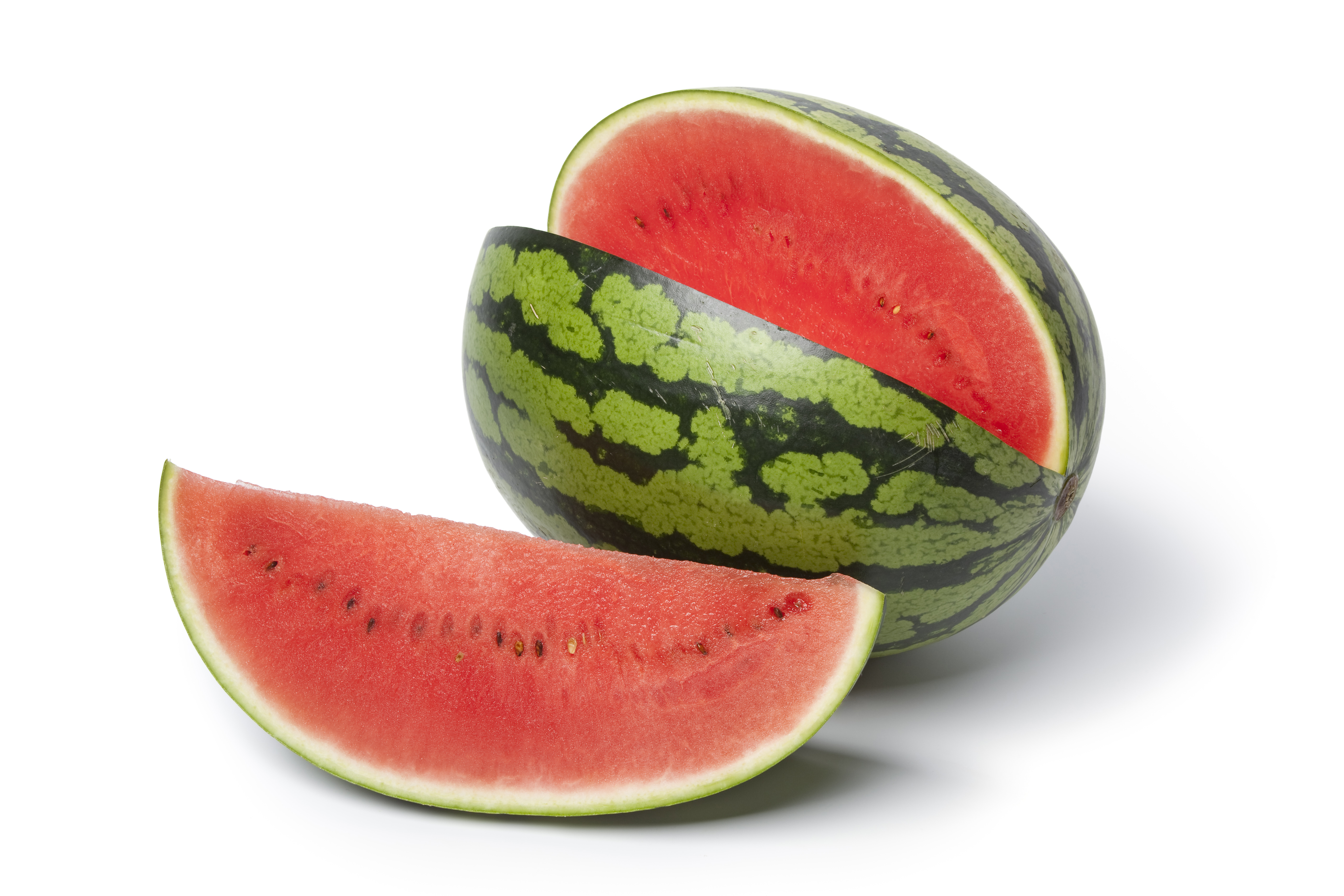Atlantic bonito
Atlantic bonito is a member of the mackerel family, which includes tuna, frigate mackerel and Atlantic mackerel. As they are part of the same family, Atlantic bonito are often mistaken for tuna, but the former has a shiny body, with silvery-edged stripes, and pinker flesh than tuna.
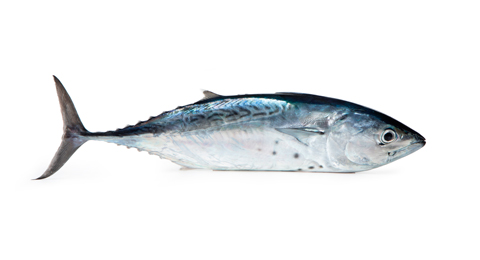
-
Recognised as a blue fish par excellence, the Atlantic bonito stands out mainly for the high quantity of omega 3 it contains, although it is also rich in vitamins B, A and D and in minerals, such as iron, iodine and potassium.
Thanks to this nutritional value, consumption of this fish helps to control our cholesterol levels and maintain our cardiovascular health, vision and immunological system.
-
Atlantic bonito is the staple ingredient of marmitako, a fish stew from the Basque country, although it is also found in other classic seafood dishes thanks to its flavour and versatility. Apart from such dishes, Atlantic bonito can be eaten soused, grilled, in tataki, in tartar, etc.
-
Atlantic bonito is a summer fish that can be enjoyed throughout the year thanks to its various preservation possibilities.
For a start, it is a fish that freezes very well. We can take the opportunity, when it is season, to ask for it to be cut into fillets and frozen raw to be cooked when we wish. We can use the spine to make a blue fish stock, with an intense flavour, or for blue-fish base dishes, such as marmitako.
Sousing is a good way to lengthen the life of products, and soused Atlantic bonito is an extremely welcome dish. We should also mention tinned Atlantic bonito in oil. It’s a more sustainable option than the typical tinned tuna usually consumed. Local, less endangered than tuna and less contaminated with heavy metals, it offers an interesting option worth bearing in mind for sandwiches, pies or any other dish we usually make with tinned tuna.




